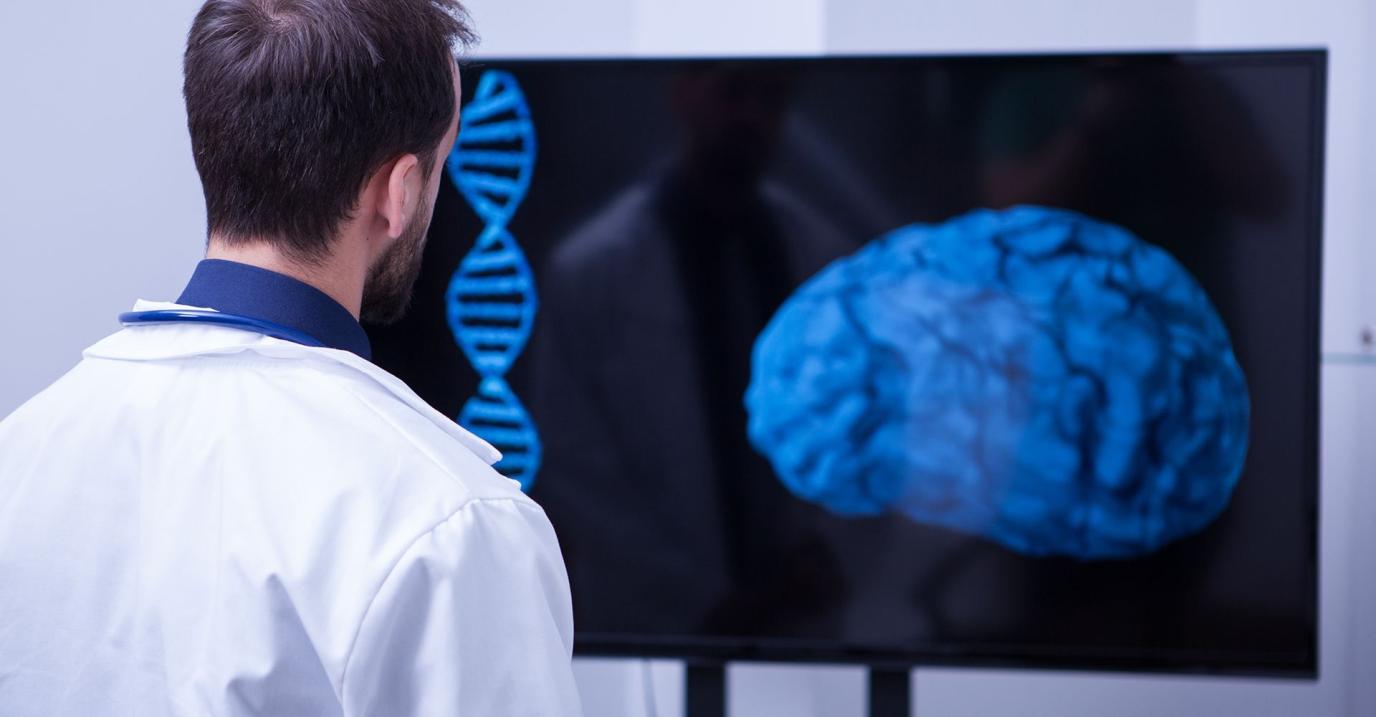What is the Link Between Brain Structure and Function?
The human brain, an intricate organ composed of billions of neurons, serves as the command center for our thoughts, emotions, and actions. Understanding the relationship between brain structure and function is crucial for unraveling the mysteries of the mind and developing treatments for neurological disorders.

Structural Components Of The Brain:
- Frontal Lobe: The frontal lobe, located at the front of the brain, is responsible for higher-order cognitive functions such as decision-making, planning, and problem-solving. It also plays a role in personality, social behavior, and emotional regulation.
- Parietal Lobe: Situated behind the frontal lobe, the parietal lobe processes sensory information from the body, including touch, temperature, and pain. It also contributes to spatial awareness and mathematical abilities.
- Temporal Lobe: Located on the sides of the brain, the temporal lobe is involved in auditory processing, language comprehension, and memory formation. It also plays a role in emotional experiences and motivation.
- Occipital Lobe: Found at the back of the brain, the occipital lobe is responsible for processing visual information. It receives signals from the eyes and converts them into meaningful images.
Functional Organization Of The Brain:
The brain's functional organization is characterized by specialization and integration. Different brain regions are responsible for specific functions, but they also work together to perform complex tasks.
- Functional Specialization: Specific brain regions are dedicated to particular functions. For example, the primary motor cortex controls voluntary movement, while the primary visual cortex processes visual information.
- Neural Networks: Neurons communicate with each other through specialized connections called synapses. These connections form complex networks that allow brain regions to communicate and integrate information.
- Neurotransmitters: Chemical messengers called neurotransmitters facilitate communication between neurons. Different neurotransmitters, such as dopamine, serotonin, and GABA, play crucial roles in regulating mood, cognition, and behavior.
Methods For Studying Brain Structure And Function:
Researchers use various neuroimaging techniques to study brain structure and function. These techniques allow them to visualize the brain's anatomy, activity, and connectivity.
- Magnetic Resonance Imaging (MRI): MRI uses magnetic fields and radio waves to create detailed images of the brain's structure.
- Functional Magnetic Resonance Imaging (fMRI): fMRI measures changes in blood flow in the brain, which indicates neural activity. It allows researchers to study brain function during various tasks.
- Positron Emission Tomography (PET): PET involves injecting radioactive tracers into the bloodstream, which are then absorbed by active brain regions. This technique allows researchers to visualize metabolic activity in the brain.
- Electroencephalography (EEG): EEG measures electrical activity on the scalp, which reflects the synchronized activity of large populations of neurons. It is used to study brain function, particularly in the context of epilepsy and sleep disorders.
Relationship Between Brain Structure And Function:
Research has established a strong link between brain structure and function. Specific brain structures are associated with specific functions, and alterations in brain structure can lead to changes in function.
- Brain Size and Intelligence: Studies have shown a positive correlation between brain size and intelligence. However, it is important to note that brain size alone does not determine intelligence.
- Brain Connectivity and Cognitive Abilities: The strength and organization of connections between brain regions are crucial for cognitive abilities. Disruptions in connectivity can lead to cognitive impairments.
- Brain Damage and Functional Deficits: Damage to specific brain regions can result in functional deficits. For example, damage to the frontal lobe can lead to impairments in decision-making and personality changes.
Implications For Understanding Neurological Disorders:

Studying the relationship between brain structure and function can provide valuable insights into neurological disorders. By understanding how brain structure and function are affected in these disorders, researchers can develop more effective treatments.
- Alzheimer's Disease: Alzheimer's disease is characterized by progressive memory loss and cognitive decline. Research has shown that the disease is associated with the accumulation of amyloid plaques and tau tangles in the brain, which disrupt neuronal function.
- Parkinson's Disease: Parkinson's disease is a movement disorder caused by the degeneration of dopamine-producing neurons in the brain. This degeneration leads to tremors, rigidity, and difficulty with movement.
- Schizophrenia: Schizophrenia is a mental disorder characterized by hallucinations, delusions, and disorganized thinking. Studies have found that schizophrenia is associated with structural and functional abnormalities in various brain regions, including the frontal lobe and temporal lobe.
The relationship between brain structure and function is a complex and fascinating area of research. By unraveling this intricate connection, scientists can gain a deeper understanding of the human mind, develop treatments for neurological disorders, and improve human health and well-being.

Continued research in this field holds the promise of unlocking the secrets of the brain and revolutionizing our understanding of the human experience.
YesNo

Leave a Reply